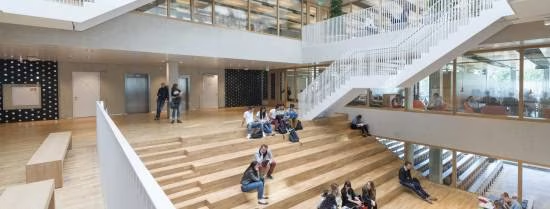Structural change is one of the most robust features of modern economic growth. capital- embodied technological change (CETC), or the decline in the marginal consumption cost of investment, is a prominent source of modern economic growth. what is the role of CETC for structural change?
- Speaker
- Date
- Monday 18 Mar 2024, 11:30 - 12:30
- Type
- Seminar
- Room
- 2-18
- Building
- Polak Building
We build new measures of sectoral CETC in the us from the decline in the price of new capital goods used in each sector between 1948 and 2020. We document faster CETC in services than in manufacturing than in agriculture; and show that CETC, when paired with the observed path of the labor share, can trace the dynamics of the price of output in agriculture relative to manufacturing and, to a less extent, that in services relative to manufacturing.
To quantify the role of CETC for structural change we build a parsimonious model that accommodates sector-specific cetc through the usage of distinct bundles of equipment, as well as an endogenous sectoral labor share, which mediates the
passthrough between CETC and structural change. Via counterfactuals, we find that CETC is the primary driver of the reallocation of output away from agriculture and accounts for a third of the reallocation towards services. These findings emphasize the importance of the composition of sectoral investment for structural change.
Registration for bilateral, lunch or dinner
If you would like to meet the guest speaker for a bilateral, join for lunch or dinner, then please register by filling in the registration form.

